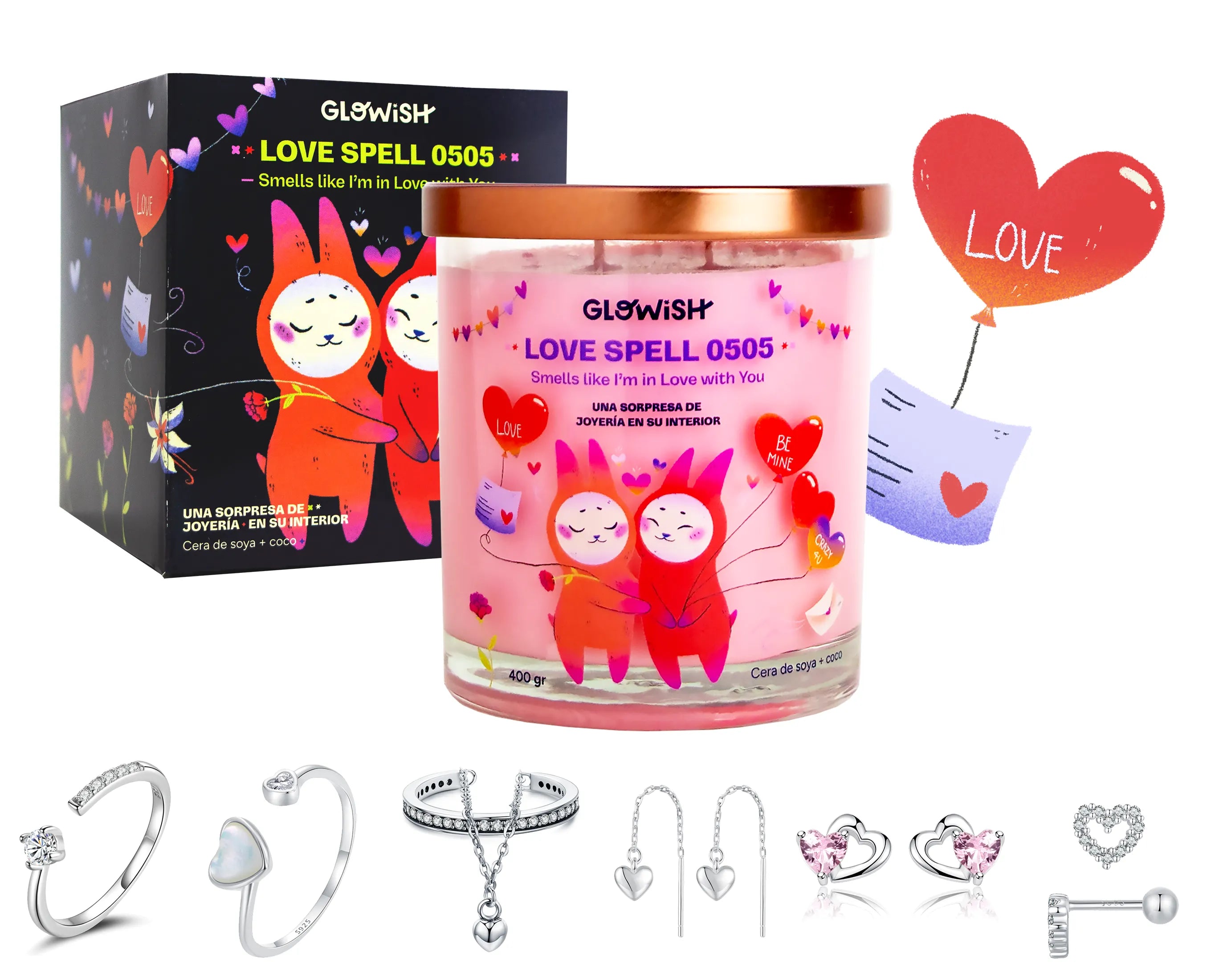Silver jewelry is a timeless addition to any collection, and 925 silver, also known as sterling silver, is particularly valued for its durability and luster. However, with the rise of counterfeit jewelry, it's essential to know how to verify the authenticity of your pieces. Here’s a comprehensive guide to help you determine if your jewelry is genuine 925 silver.
1. Look for Hallmarks
The first step in identifying 925 silver is to look for hallmarks. Genuine sterling silver pieces are often stamped with one of the following marks:
- 925
- .925
- S925
- Sterling
These stamps are usually located on inconspicuous parts of the jewelry, such as the clasp, inner band, or underside of a pendant.
2. Conduct a Magnet Test
Sterling silver is not magnetic. To perform a magnet test, you'll need a strong magnet (like a neodymium magnet). Simply hold the magnet close to the jewelry:
- If the jewelry sticks to the magnet: It is likely made of another metal or has a high amount of metal alloys.
- If the jewelry does not stick: This is a good sign that it could be genuine sterling silver.
3. Perform a Nitric Acid Test
The nitric acid test is a reliable method, but it should be done with caution and preferably by a professional, as it involves handling acids. Here’s a brief overview:
- Scratch the piece: Choose an inconspicuous spot and make a small scratch.
- Apply a drop of nitric acid: Sterling silver will show a creamy white color upon contact with the acid.
- Reaction to green: If the scratch mark turns green, it indicates the presence of other metals.
4. Use a Silver Testing Kit
Silver testing kits are available online and can provide a quick and easy way to test your jewelry. These kits typically include:
- A scratching stone
- Testing solutions
- Instructions on how to interpret the results
5. Check for Tarnish
Silver tarnishes over time, developing a black or greenish layer. While this might seem like a negative, it’s actually a good indicator of real silver. Fake silver items made from other metals do not tarnish in the same way.
6. Perform a Physical Examination
Inspect the jewelry for quality and craftsmanship:
- Weight: Sterling silver is relatively heavy. Lightweight items might indicate a fake.
- Sound: Silver produces a ringing sound when tapped, unlike other metals which produce a duller sound.
7. Consult a Professional Jeweler
If you’re still unsure about the authenticity of your jewelry, take it to a reputable jeweler. They have the tools and expertise to accurately test and verify the purity of your silver.
Conclusion
Determining if your jewelry is 925 silver involves a combination of visual inspection, simple tests, and professional verification. By following these steps, you can ensure that your treasured pieces are genuine and maintain their value and beauty over time. Remember, when in doubt, consulting with a professional jeweler is always a safe and reliable option.









